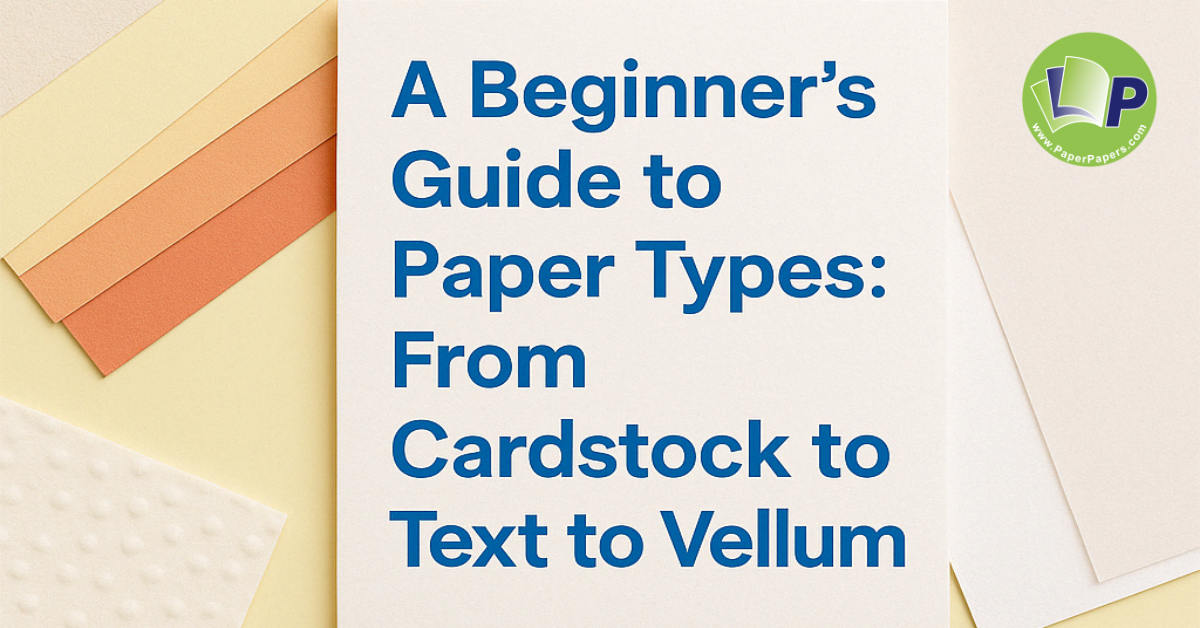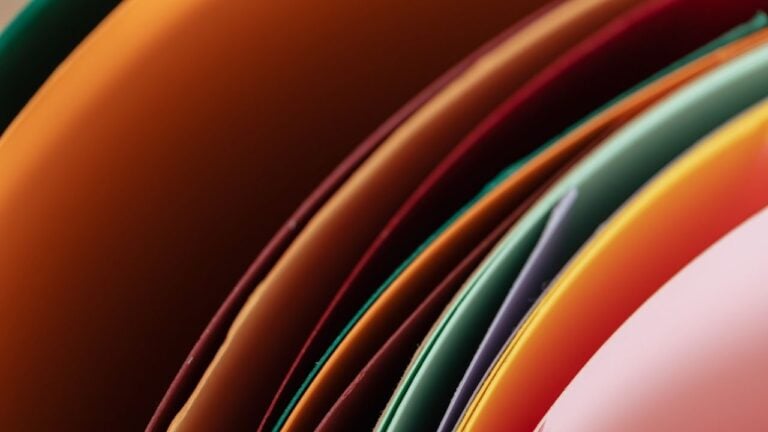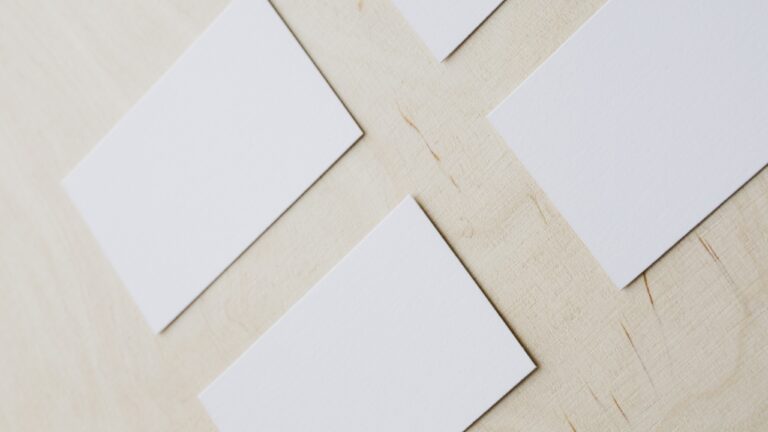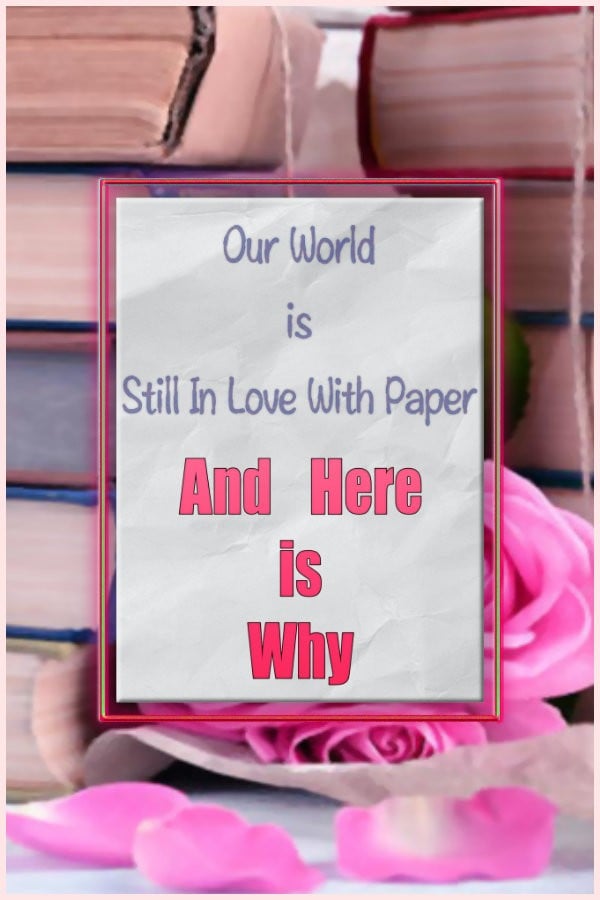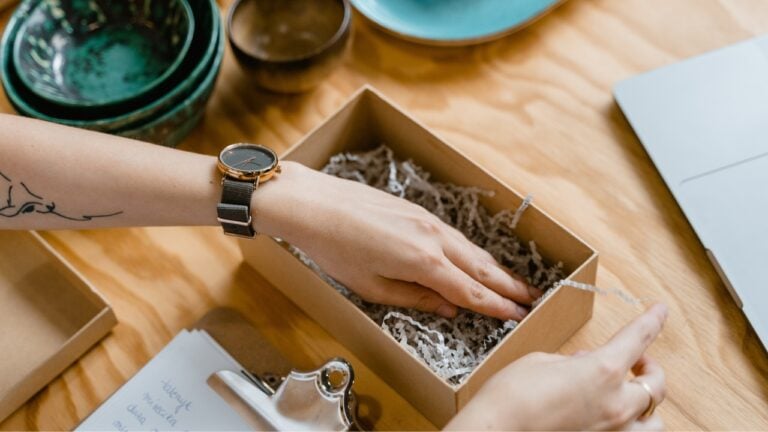A Beginner’s Guide to Paper Types: From Cardstock to Text to Vellum
Whether you’re printing a business proposal, crafting invitations, or experimenting with art, paper plays a central role. But not all paper is created equal. From textures to weights to finishes, choosing the right type of paper can make or break your project. This beginner-friendly guide will walk you through the most common types of paper, their uses, and how to select the best one based on your needs.
What Are the Different Types of Paper?
Understanding the Basics – Cardstock vs Text Paper
Paper is typically made from cellulose fibers derived from wood, cotton, or recycled materials. It can be categorized based on texture, weight, finish, and intended use. From smooth printer paper to fibrous handmade sheets, the options are vast. Here’s a quick overview:
- Bond Paper: Lightweight and durable, ideal for everyday office printing.
- Text Paper: Higher-end writing paper, often used in stationery and letterhead.
- Cover Paper (Cardstock): Heavier weight, often used for covers, postcards, and invitations.
- Vellum: Translucent paper known for elegance and versatility.
- Specialty Paper: Includes textured, recycled, handmade, and coated options for unique applications.
📌 Tip: Explore our paper shop to view real-world examples of these types.
Coated vs. Uncoated Paper: What’s the Difference?
Coated Paper
Coated papers have a surface seal that creates a smooth finish and enhances print clarity. They’re ideal for high-resolution images and vibrant designs.
- Glossy: Shiny, reflective, great for photos and brochures
- Matte: Smooth but non-reflective, better for subtle elegance
Uncoated Paper
Without a surface coating, uncoated paper offers a natural, tactile experience. It’s great for text-heavy printing, handwriting, and traditional correspondence.
📝 Example: Our linen uncoated paper is popular for formal documents and letterpress printing.
How to Choose the Right Paper Weight
Understanding Paper Weight – Cardstock vs text Paper
Paper weight is measured in either:
- lb (pounds) — used mainly in the U.S.
- gsm (grams per square meter) — the global standard
Higher weights mean thicker, sturdier paper. Here’s a quick comparison:
| Paper Weight | Typical Use |
|---|---|
| 20–24 lb Bond | Everyday printing |
| 28–32 lb Bond | Resumes, stationery |
| 65 lb Cover | Greeting cards, postcard mailings |
| 80–100 lb Cover | Premium invites, brochures |
| 120 lb+ | Heavy business cards, packaging |
📘 Check out our full paper weight guide for more info and an easier way to compare using GSM.
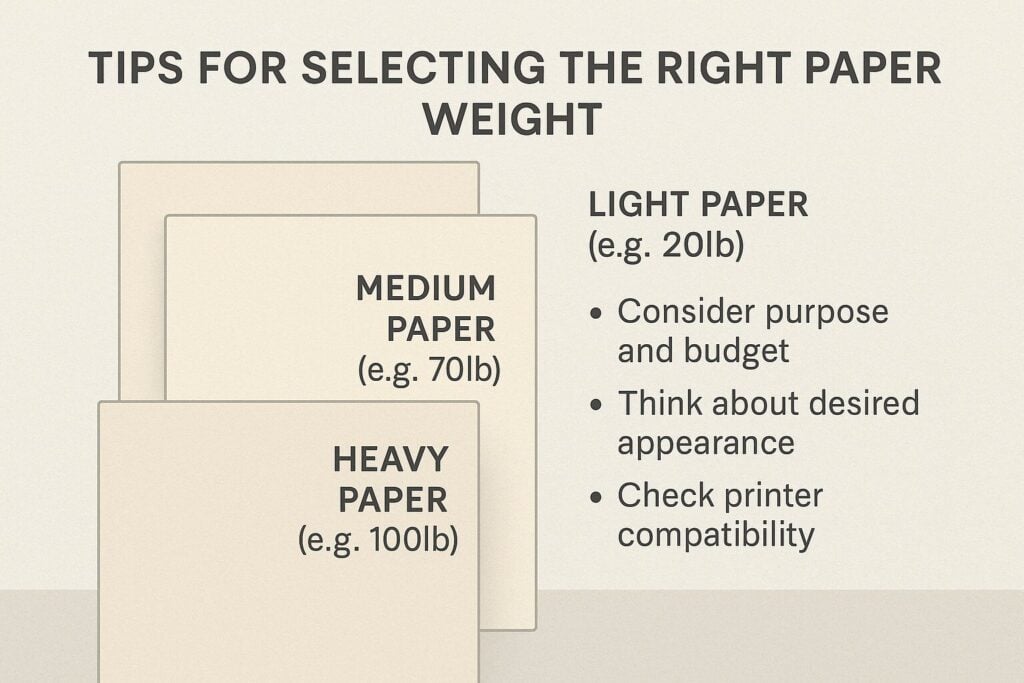
Choosing the Right Weight
- Light paper = better for folding, mailing
- Heavy paper = more durability, visual impact
- Be mindful of your printer’s capacity—some home printers struggle with thick cardstock
Vellum and Cardstock: Specialty Papers That Stand Out
Vellum Paper (Translucent paper)
Known for its frosted, see-through appearance, vellum adds elegance to:
- Wedding invitations
- Overlays on cards
- Light-diffusing art and decor
✨ View our vellum collection for creative inspiration.
Cardstock
Cardstock is the go-to for sturdy, premium-feel paper products. Available in glossy, matte, textured, and even metallic finishes, it’s perfect for:
- Invitations
- Thank-you cards
- Business collateral
Other Notable Specialty Papers
- Textured Paper (like linen or felt): Adds a tactile, upscale feel.
- Kraft Paper: Rustic and eco-friendly, great for packaging.
- Handmade Paper: Artistic and one-of-a-kind—ideal for creative projects.
- Metallic or Iridescent Paper: Eye-catching for high-end designs or luxury branding.
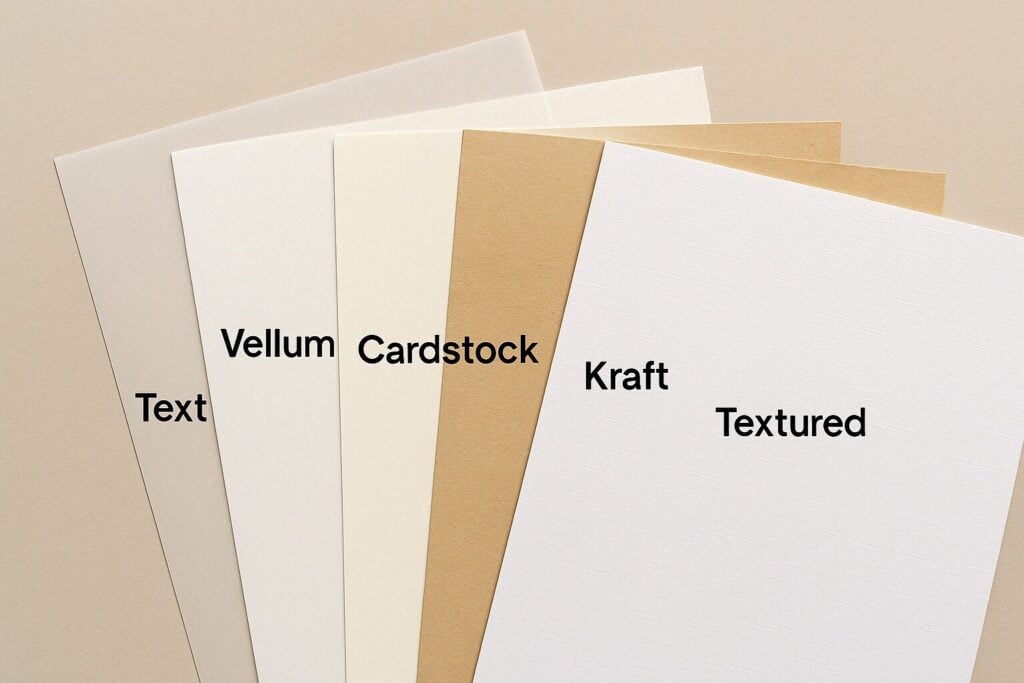
Eco-Friendly Options: Recycled Paper
Why Choose Recycled Paper?
Using recycled paper supports sustainability and reduces landfill waste. It’s a great choice for:
- Everyday office use
- Eco-conscious product packaging
- Earth-friendly invitations
📎 Fun fact: Recycled paper quality has improved dramatically—modern versions often rival standard paper in print quality.
Sustainability and Certifications
When buying eco-friendly paper, look for:
- FSC Certification
- PCW (Post-Consumer Waste) Content
- Acid-Free & Lignin-Free Labels
♻️ Browse our recycled paper collection.
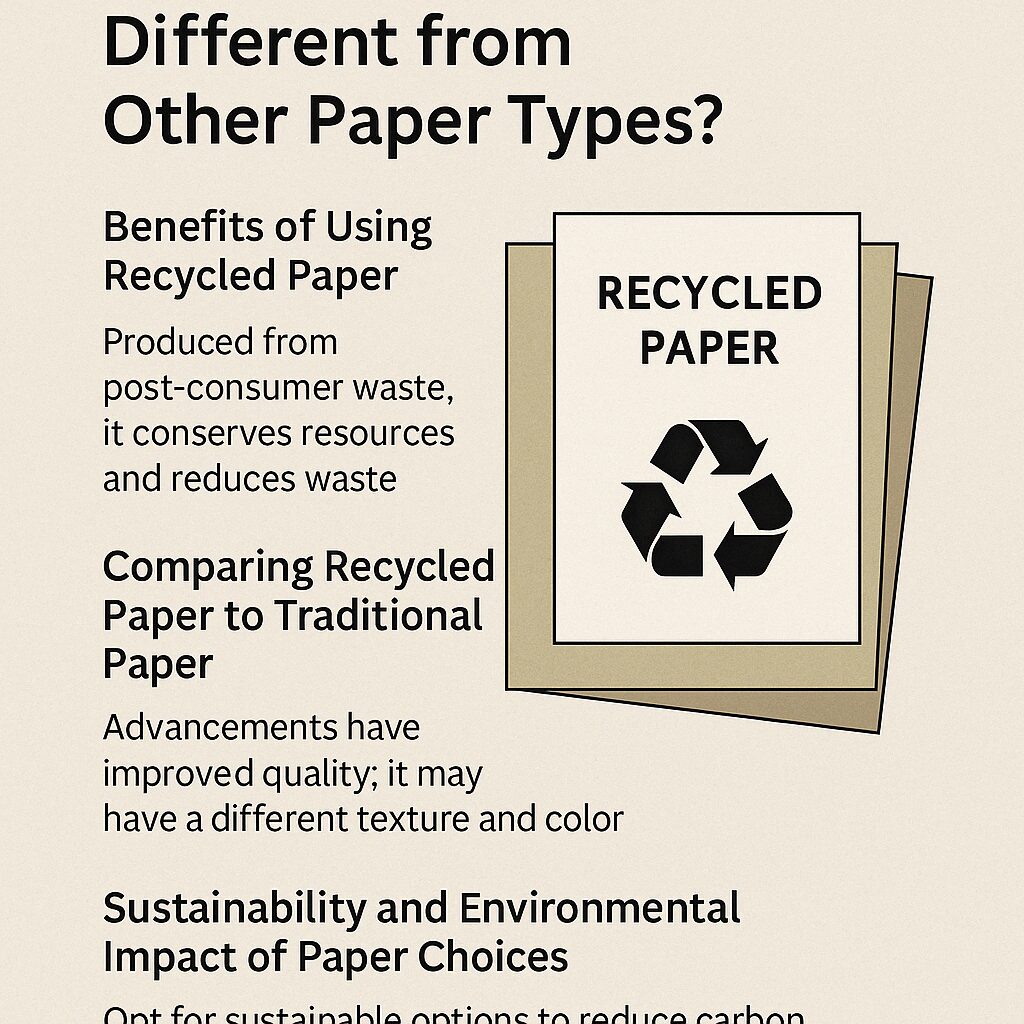
Final Thoughts: Matching Paper to Your Purpose
Choosing the right paper type doesn’t need to be complicated. Start with your project goals—appearance, texture, print quality, and durability—and work from there. Whether you need elegant vellum overlays or sturdy cardstock invitations, there’s a perfect paper out there waiting to be discovered.
📦 Need help choosing? Our team at PaperPapers.com is here to assist with samples, product insights, and custom solutions.
Final Thoughts: Matching Paper to Your Purpose
Choosing the right paper type doesn’t need to be complicated. Start with your project goals—appearance, texture, print quality, and durability—and work from there. Whether you need elegant vellum overlays or sturdy cardstock invitations, there’s a perfect paper out there waiting to be discovered.
📦 Need help choosing? Our team at PaperPapers.com is here to assist with samples, product insights, and custom solutions.
FAQ ranging Types of Paper from Cardstock vs Text Paper
Q: What is the difference between text paper, cardstock, and vellum paper?
A: Text paper is lightweight paper used for printing brochures, flyers, and posters, typically weighing between 60-100 lb text. Cardstock paper is a more durable paper with weights ranging from 50-110 lb cover, commonly used for business cards, invitations, and greeting cards. Vellum paper is a translucent, parchment-like paper that is often used for tracing, overlays, and special printing projects. We commonly refer to this paper as translucent vellum as to not confuse it with other papers such a “vellum bristol” or a paper finish of “vellum” since these are not translucent, but are references to their finish. Each type serves different purposes in the paper industry based on their weight, texture, and finish.
Q: How is tissue paper different from other types of paper available?
A: Tissue paper is a type of paper that is extremely lightweight and semi-transparent. Unlike ordinary paper, it weighs between 10-35 gsm, making it much thinner than printing paper or cardstock. Tissue paper is often used for gift wrapping, crafting, and packaging delicate items. It’s available in various colors and can be acid-free paper for preservation purposes. Unlike construction paper or bond paper, tissue paper isn’t designed to hold ink well or withstand handling, as its primary function is decorative and protective.
Q: What makes construction paper suitable for craft projects?
A: Construction paper is a sturdy, colored paper that is made specifically for arts and crafts. It’s thicker than ordinary paper but not as heavy as cardstock paper. The paper is often used in schools and for children’s activities because it’s affordable, comes in vibrant colors, and is easy to cut and fold. Unlike coated and uncoated paper used for printing, construction paper has a rough texture that accepts adhesives, crayons, and markers well. However, it’s not acid-free, so it may fade or deteriorate over time, unlike archival-quality paper used for long-term projects.
Q: What is kraft paper and what are its common uses?
A: Kraft paper is a type of paper used for packaging that is known for its strength and durability. Made from chemical pulp produced in the kraft paper production process, it has a distinctive brown color, though white paper versions are also available. Kraft paper is often used for grocery bags, packaging materials, wrapping paper, and crafting projects. It’s more environmentally friendly than many other paper types because it can be made from recycled materials and is biodegradable. Its strength comes from longer wood fibers, making it more tear-resistant than newsprint paper or lightweight paper varieties.
Q: How does laid paper differ from wove paper?
A: Laid paper and wove paper differ primarily in their texture and manufacturing process. Laid paper has a distinctive pattern of parallel lines (laid lines) and perpendicular chain lines created during paper production using a laid mold. This gives it a textured, traditional appearance that’s often used for formal stationery, certificates, and artistic printing projects. Wove paper, by contrast, has a uniform, smooth surface without visible wire marks, as it’s made on a woven wire mesh. Wove paper is what most modern printing paper is based on, including most printer paper and glossy paper. The choice between them typically depends on aesthetic preferences rather than functional differences.
Q: What makes linen paper special for formal documents?
A: Linen paper is a type of paper that is used for formal and professional documents because of its distinctive texture that resembles woven linen fabric. Despite its name, modern linen paper is actually made from cotton fibers rather than linen and undergoes a process that creates its characteristic surface pattern. This paper comes in various weights and is prized for business cards, resumes, certificates, and high-end stationery. Its textured surface offers excellent ink absorption, preventing smudging, while providing a sophisticated look and feel that plain matte paper lacks. Linen paper is often available as acid-free paper, making it suitable for documents that need to be preserved long-term.
Q: How should origami paper be selected for different projects?
A: Origami paper should be selected based on the complexity and size of your project. Traditional origami paper is thin (around 60-70 gsm), perfectly square, and often colored on one side and white on the other. For beginners, standard 15×15 cm paper is ideal. Complex models require thinner paper that holds crisp folds, while larger or display pieces might benefit from specialized papers like foil-backed varieties. Papers with patterns should be chosen based on how the design will appear in the finished model. Unlike tracing paper or filter paper, origami paper is specifically designed to maintain structural integrity after multiple folds. The paper industry offers various specialty origami papers, including handmade paper varieties for artistic projects.
Q: What is the difference between coated paper and uncoated paper?
A: The primary difference between coated and uncoated paper is in their surface treatment. Coated paper has a layer of coating materials (typically clay) applied to its surface, creating a smooth, often glossy finish that’s excellent for reproducing sharp images and vibrant colors. Types include gloss paper, semi-gloss, and matte coated papers, commonly used for magazines, catalogs, and high-quality printing projects.
Uncoated paper lacks this coating, resulting in a more porous, textured surface that absorbs ink. Bond paper, newsprint paper, and most stationery are uncoated. Uncoated papers are easier to write on and are often preferred for letterheads, books, and materials that need to be marked with pen or pencil. Each serves different purposes in the printing industry based on the desired look and functionality.
Q: How does bond paper differ from standard printer paper?
A: Bond paper is actually a type of paper used for printing official documents, while standard printer paper is a more general term. Bond paper typically has higher cotton content (25-100%) than regular printer paper, giving it better durability, texture, and archival qualities. Originally designed for government bonds (hence the name), bond paper weighs between 20-28 lb and has higher tear resistance. Standard printer paper is usually 20 lb weight with minimal cotton content, designed for everyday document printing. While all bond paper can be used in printers, not all printer paper qualifies as bond paper. For important business correspondence or legal documents, bond paper provides a professional appearance and better longevity compared to ordinary printer paper.
Q: What are the differences between matte paper and gloss paper for photo printing?
A: Matte paper and gloss paper offer distinctly different finishes for photo printing. Gloss paper has a shiny surface that reflects light, resulting in vibrant colors, deeper blacks, and sharper contrast in photographs. Images appear more saturated and “pop” visually on glossy paper, making it ideal for photographs where maximum visual impact is desired. However, it can show fingerprints and glare under direct light.
Matte paper features a non-reflective finish that diffuses light, reducing glare and fingerprint visibility. While photos may appear slightly less vibrant on matte paper compared to glossy paper, the matte finish offers a sophisticated, artistic quality that many photographers prefer for portraits and fine art. Matte paper is also often used for printing text-heavy documents where readability is important. Your choice depends on the specific printing project and viewing conditions.

